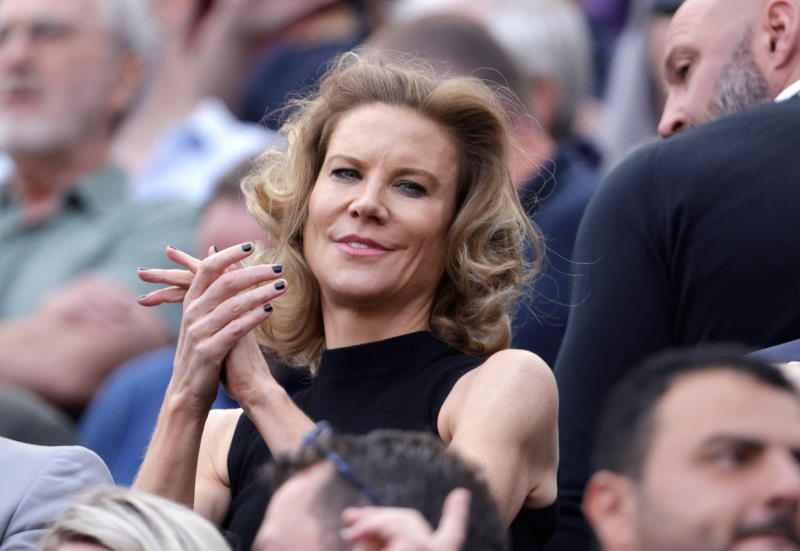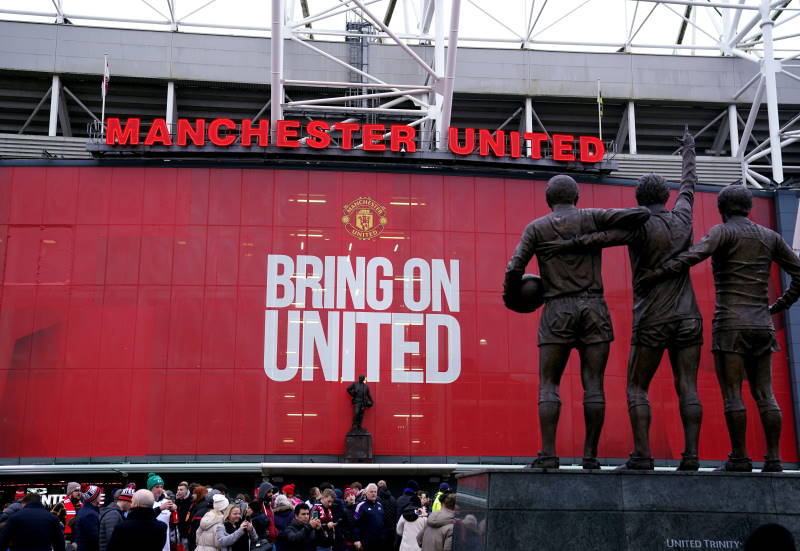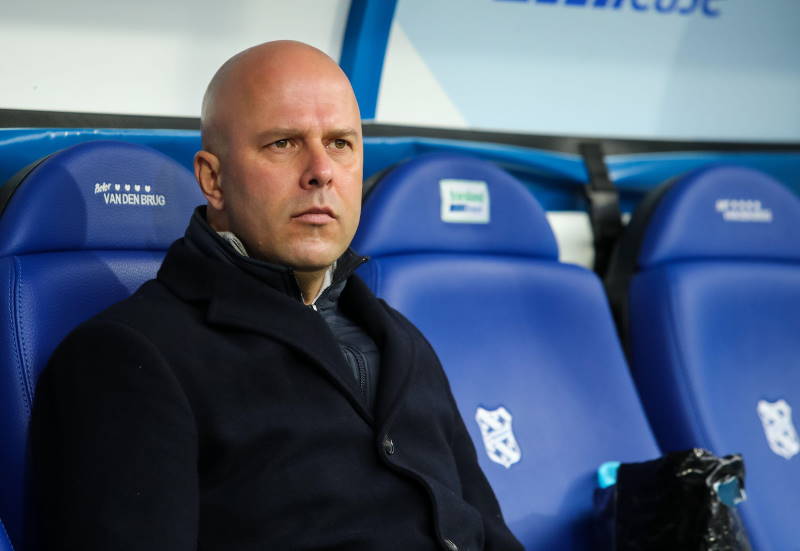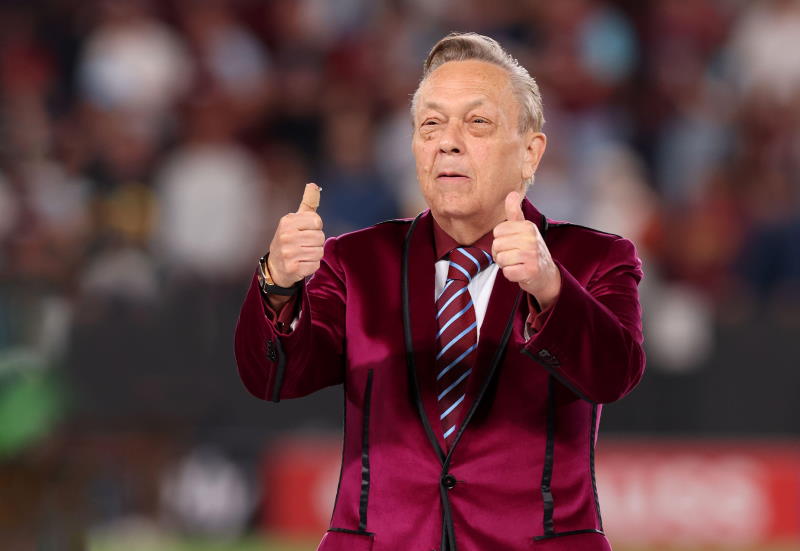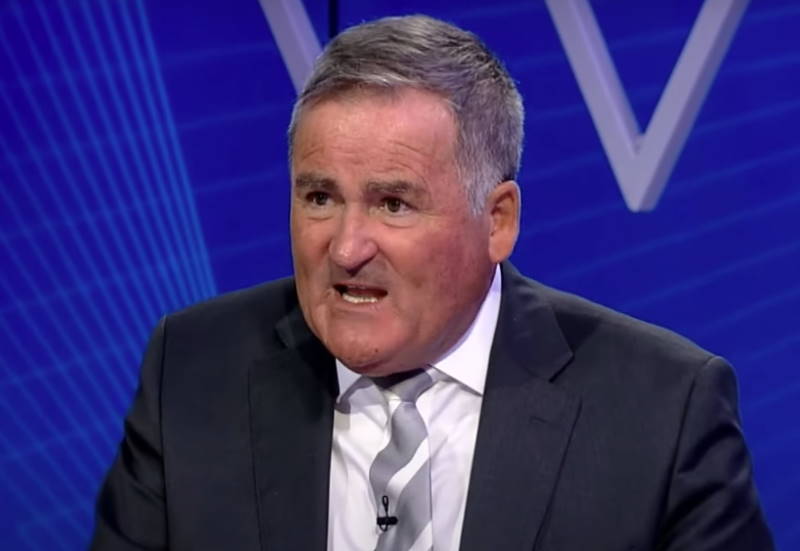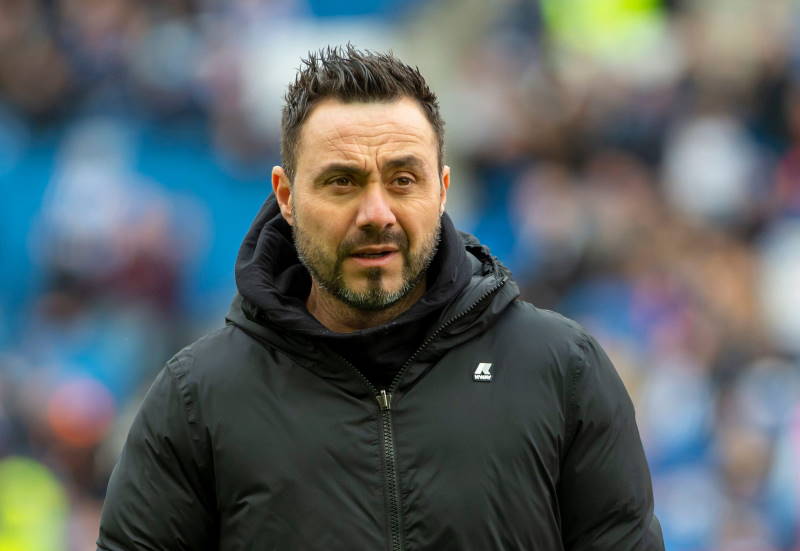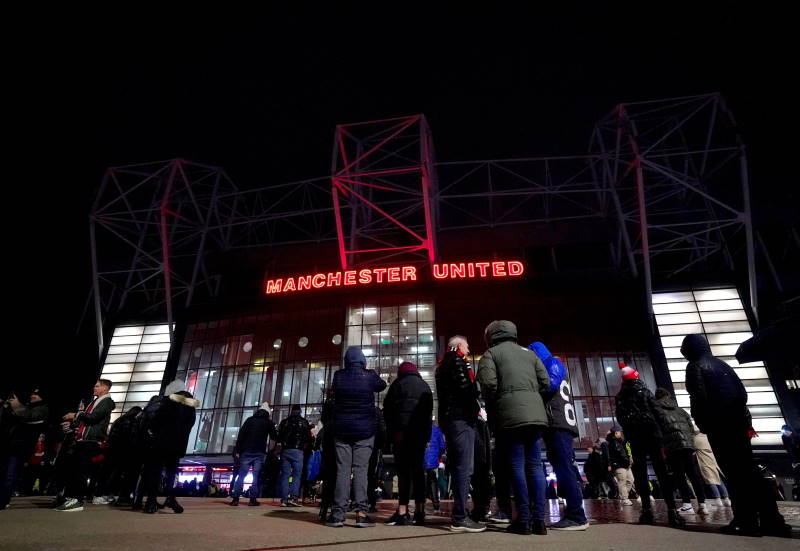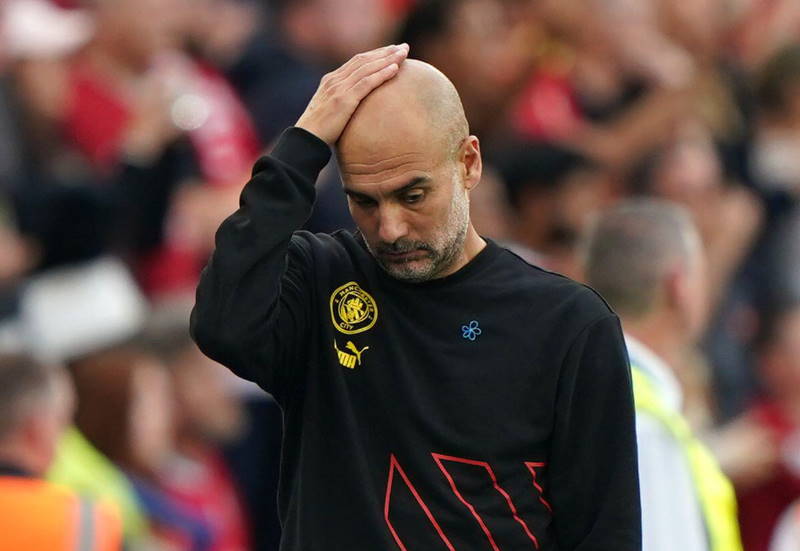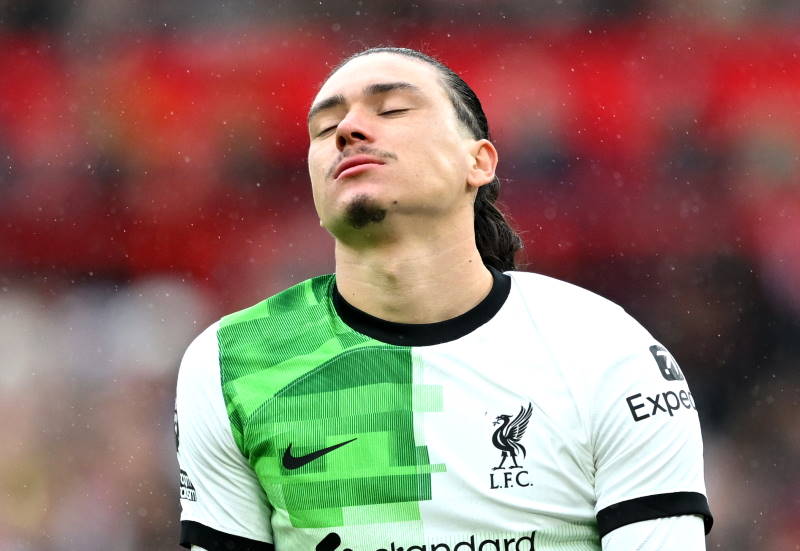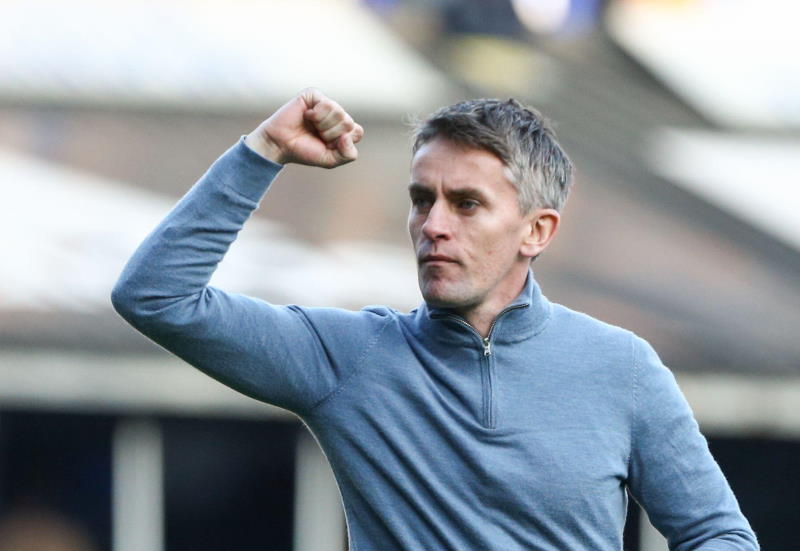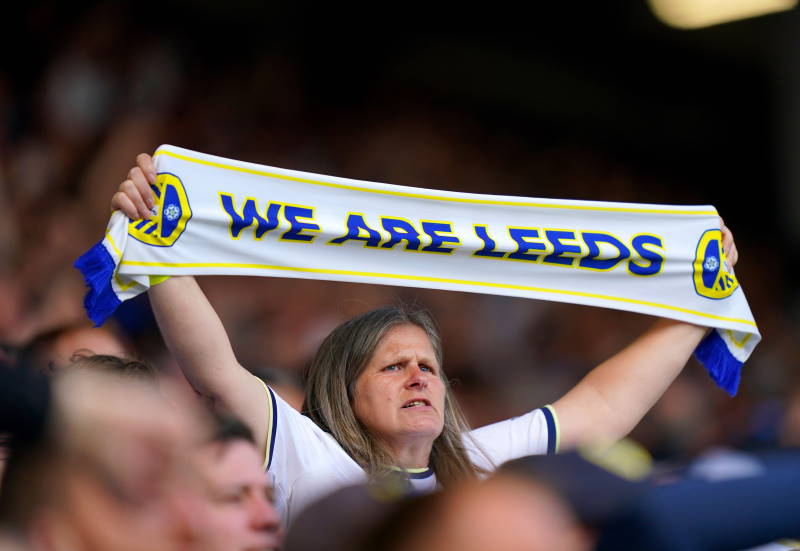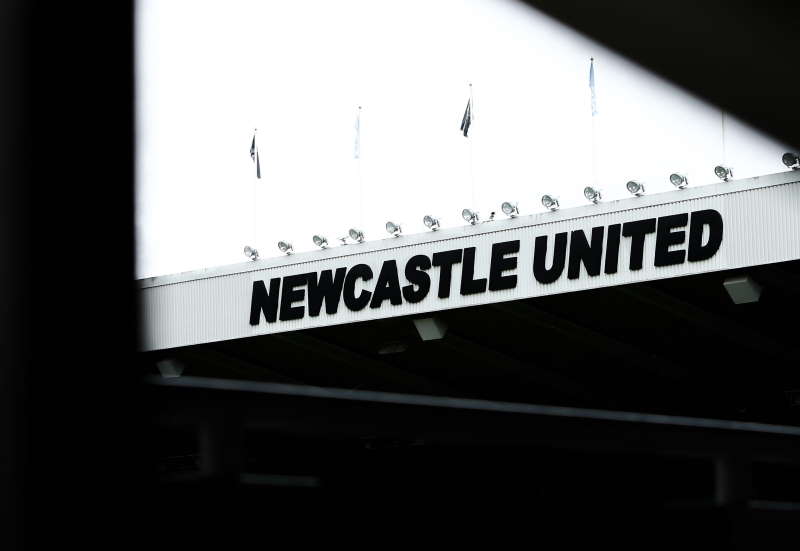
Rick D'Andrea
Someone once said that in order for a person to make money, they had to spend it, ultimately reaping in the rewards of the seeds that they sowed. How this adage is true in the world of football. Spending big money does not necessarily mean that a given side will bring home every trophy on offer, but it does help to bring fans to the game, with the hope of achieving silverware sooner or later.
In Australia's A-League this policy has been pursued, but in a slightly different way than usual. Normally a player would be contracted to a club for a period of six months (half a season) or a full-year loan spell. The premise being that whatever dizzying heights are reached by the team, they feel a part of it, and can participate in the finals series.
Not quite so Down Under. A ‘guest’ player (as the league has called them) can only make an appearance after round four, and only up until the last month of competition, missing out on the run to the finals and the finals series. A maximum of nine contracted matches are what the player can participate in, and their wages are not included in the salary cap – a bonus should a high-profile European or South American player command a hefty wage.
Some world-class stars have made the journey half-way across the world to play in Australia's developing league, with mixed results. But one thing that has linked them all – other than a presence in the A-League – is that they have attracted interest in both the team they played for, and the competition itself.
Of several big names that put their signature to this strange agreement, some met with more success than others:
Juninho Paulista (Sydney FC)
Technically, the Brazilian was counted as a ‘marquee’ player, but due to the length of his stay in a Sky Blues shirt, the rules were bent somewhat.
Juninho was originally signed on a two-year, multi-million dollar contract to appear for the Harborside club. Wanting to join because of the amount of interest and keenness shown by Sydney, the Brazilian packed his suitcase and decided to call Australia home.
Unfortunately, it was not a happy hunting ground, as injuries plagued the midfielder. Whenever it seemed he had overcome something, another one struck, just as fans got to see him produce flashes of magic.
His position as icon was soon over, and the marquee position he had once held, was handed over to John Aloisi, returning home after years of playing in Spain.
Romario (Adelaide United)
The hype and excitement surrounding legendary football star Romario fizzled out within three matches. The then 40-year-old came to the Reds, hoping to add to his goal tally, getting him ever closer to bagging 1,000 professional goals.
The Brazilian made only four appearances, and scored one goal. It almost seemed as if Romario did not want to be there, and was in Australia in search of easy goals. Once the ex-Barcelona striker left – and the team received media attention based on their footballing exploits and not the ageing superstar they had in their ranks – Adelaide began to produce improved performances, eventually making it to the A-League Grand Final.
Benito Carbone (Sydney FC)
Former Middlesbrough forward Benito Carbone also decided to make the trip Down Under and joined Sydney FC. A breath of fresh air at the Sky Blues, Carbone was seen as the guest player the A-League needed.
His speed across the park and finishing abilities were attributes that ‘Bling FC’ were after, as Dwight Yorke had decided to leave for Sunderland and join then new manager Roy Keane. Carbone only managed three games out of the four he was contracted to play, as a severe hamstring injury meant that the Italian was sidelined for almost two months, ending any chance of further playing time.
Mario Jardel (Newcastle Jets)
Newcastle fans thought that the striker was going to solve whatever problems the Novocastrians had up-front. As it turned out, he was the problem.
The former Porto striker was unable to fit into coach Gary van Egmond’s team, and it was not to his benefit that he came to Australia overweight and out-of-sorts. As soon as the Brazilian’s contract ended, Newcastle made a staggering run to the A-League finals, which saw them claim the championship at the end of the season, defeating the Central Coast Mariners 1-0.
Sutee Suksomkit (Melbourne Victory)
The signing of Suksomkit by the ‘Big V’ seemed strange on paper. Considering that so many guest players had been superstars, the Victory decided to use this rule for a Thai international who is relatively unknown around the world.
Suksomkit was a player who once interested Chelsea, but a deal was never completed. Having been capped 60 times for his country, scoring 16 goals, Suksomkit knows where the net is, and can play a handy role partnering Victory marquee player, Archie Thompson, especially since Daniel Allsopp’s departure to Qatar.
He has the speed, tenacity to keep on going, and the ability to take a free-kick. The Thai can also mesmerise opposition defences, and hold the ball up should the situation require him to do so. Only a few games into his nine-game stint, Suksomkit could turn out to be the ‘Benito Carbone’ of Season Five, without the injury.
In some way or another, there has been a tragic end to the ‘guest player’ stint in many cases. Whether it is injury that rules them out or the lack of motivation to fit in, something has generally gone wrong. Marquee players seem to be the way to go, as stars have the assurance of being contracted all-season long, and team-mates can develop a rapport with a particular player, culminating in a Grand Final victory. Other than Jardel, none of them have seen their team win a Grand Final in the season they appeared.
Worth the money? Maybe not.
Related Articles:

